G Kishan Reddy Advocates for Mine Water Utilization to Address Mining’s Ecological Challenges
Minister of Coal and Mines, Shri G Kishan Reddy, has released comprehensive guidelines for the rejuvenation of traditional water bodies in coal and lignite mining regions. The release event took place in the presence of Shri Satish Chandra Dubey, Minister of State for Coal and Mines, and Shri Amrit Lal Meena, Secretary,Ministry of Coal.
Speaking on the occasion,Shri G. Kishan Reddy highlighted the importance of water as a priceless natural resource. He emphasized that effectively utilizing mine water addresses the ecological impacts of mining by transforming a potential challenge into an opportunity for positive change. This innovative approach includes various strategies, such as empowering self-help groups (SHGs) to operate floating restaurants on water-filled mine-pits. These floating restaurants provide new economic opportunities for local communities while enhancing local tourism.
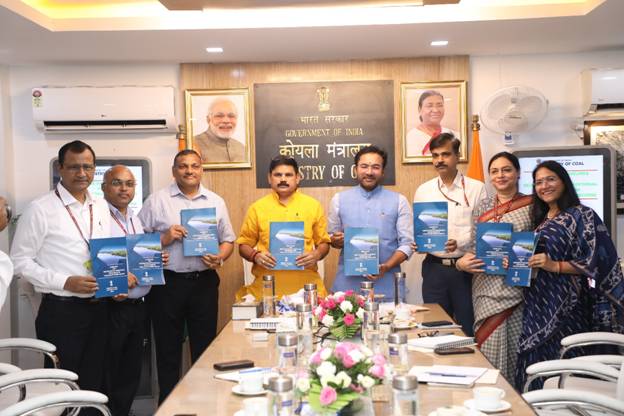
He further noted that mine water is repurposed for diverse uses, including industrial purposes, groundwater recharge, high-tech cultivation, and fish farming. Initiatives like mine tourism and floating restaurants showcase the versatility of mine water as a valuable resource. He added that this comprehensive strategy not only mitigates environmental impacts by creating water bodies at rehabilitation sites but also plays a crucial role in enhancing community resilience. By restoring these water resources, Coal and Lignite CPSUs, guided by the Ministry of Coal, aim to improve local livelihoods and support sustainable development.
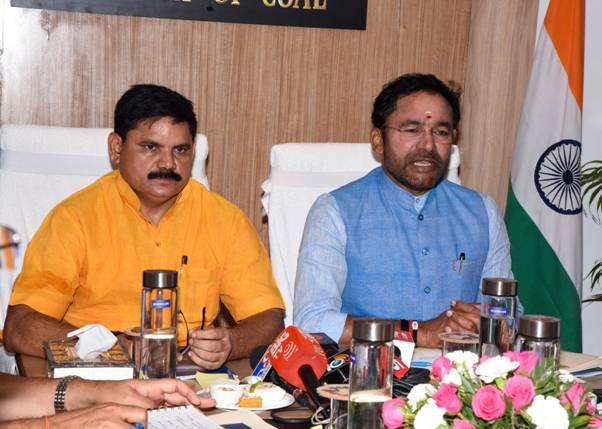
In his address, Minister of State for Coal and Mines,Shri Satish Chandra Dubey emphasized the pivotal role of innovative water management in addressing the challenges of coal mining. He highlighted that repurposing mine water for various uses, including community development and environmental preservation, reflects a progressive approach to resource management. By supporting initiatives that transform mine water into valuable assets, such as recreational areas and local enterprise projects, the government aims to balance economic benefits with ecological stewardship.
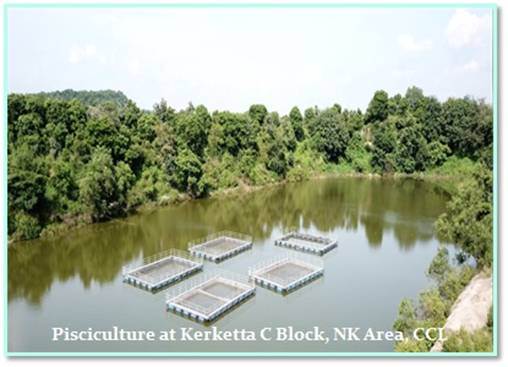
Shri Amrit Lal Meena, Secretary of the Ministry of Coal, remarked that this initiative focuses on repurposing mine water for purposes such as drinking, irrigation, fishing, water sports, and mine tourism in the vicinity of coal mining areas. Additionally, these efforts contribute to maintaining biodiversity and ecological balance. By transforming a byproduct into a multifaceted resource, the Ministry of Coal is demonstrating its commitment to sustainable development and community well-being, setting a benchmark for responsible resource management.
Recognizing the critical role of water bodies in maintaining ecological balance, the Ministry of Coal, in collaboration with Coal/Lignite Central Public Sector Undertakings (CPSUs), district administrations, and gram panchayats, has launched the project titled “Rejuvenation of Traditional Water Bodies in Coal/Lignite Mining Regions.” This initiative aligns with the guidelines of Mission Amrit Sarovar (2022) from the Department of Rural Development, Government of India, and will serve as a CSR initiative by Coal/Lignite CPSUs, including Coal India Limited (CIL) and NLC India Limited (NLCIL).
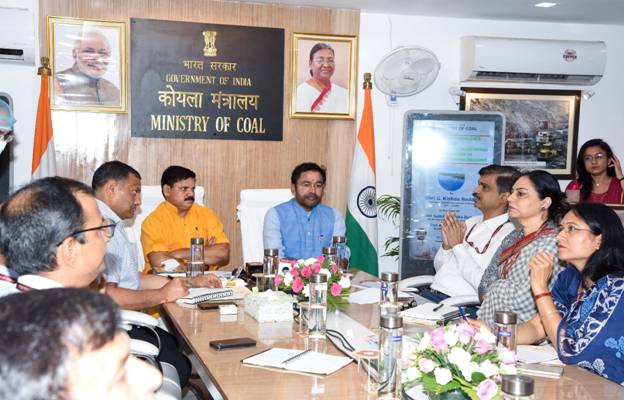
The project aims to rejuvenate and establish at least 500 water bodies in and around coal and lignite mining areas over the next five years (FY 2024-25 to FY 2028-29). CPSUs will manage water bodies within leasehold areas, while District Collectors will handle the water bodies outside the leasehold area. Each new water body will have a pondage area of at least 0.4 hectares and a capacity of around 10,000 cubic meters.Additionally, the project will leverage mine water from active and abandoned mines, aligning with the Government of India’s Jal Shakti Abhiyan. In FY24, approximately 4,892 LKL of treated mine water was offered to 981 villages in coal/lignite-bearing states. Over the past five years, 18,513 LKL of mine water has been made available for community use, including irrigation and drinking purposes.
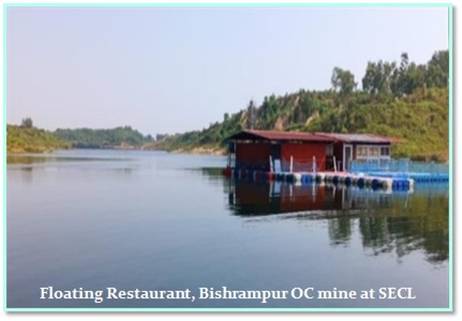
The release of the guidelines signifies a pivotal moment in advancing sustainable mining practices. By providing clear directives for the rejuvenation of traditional water bodies, the Ministry of Coal is setting a precedent for effective environmental stewardship and community engagement. These guidelines will ensure a structured and impactful approach to restoring vital water resources, ultimately contributing to ecological balance and enhanced quality of life in mining regions.

